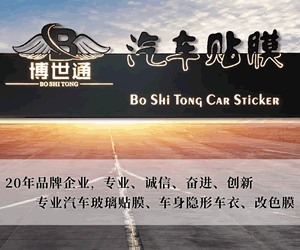A concept relating to the different stages an industry will go through, from the first product entry to its eventual decline. There are typically five stages in the industry lifecycle. They are defined as:
i. Early Stages Phase - alternative product design and positioning, establishing the range and boundaries of the industry itself.
ii. Innovation Phase - Product innovation declines, process innovation begins and a "dominant design" will arrive.
iii. Cost or Shakeout Phase - Companies settle on the "dominant design"; economies of scale are achieved, forcing smaller players to be acquired or exit altogether. Barriers to entry become very high, as large-scale consolidation occurs.
iv. Maturity - Growth is no longer the main focus, market share and cash flow become the primary goals of the companies left in the space.
v. Decline - Revenues declining; the industry as a whole may be supplanted by a new one.
Taobiz explains Industry Lifecycle
The composition of the phases within the industry lifecycle is an ever-changing mix. The standard model typically dealt with manufactured goods, but today’s U.S. economy is more an economy of services, either on the industry's outset, or as a natural extension of a declining-product based model. The advent of the internet alone is transforming many business models from "things" to people and services.













